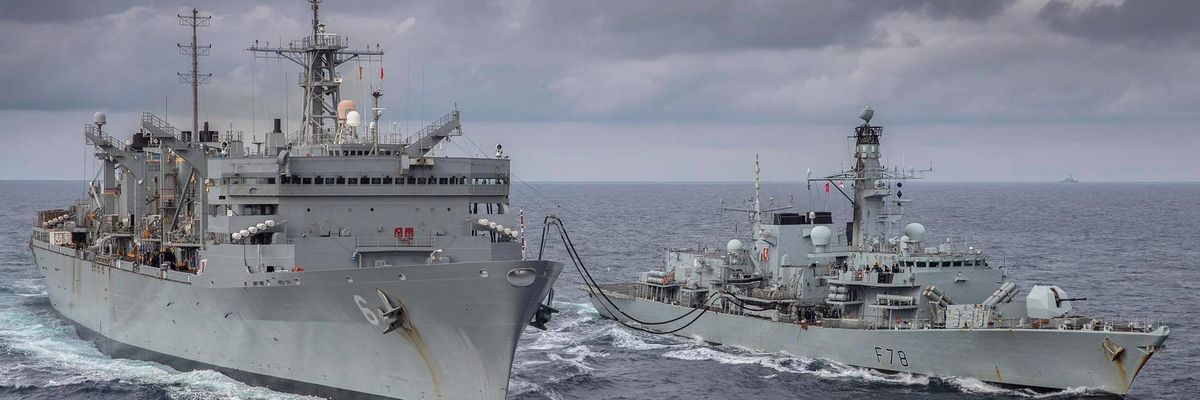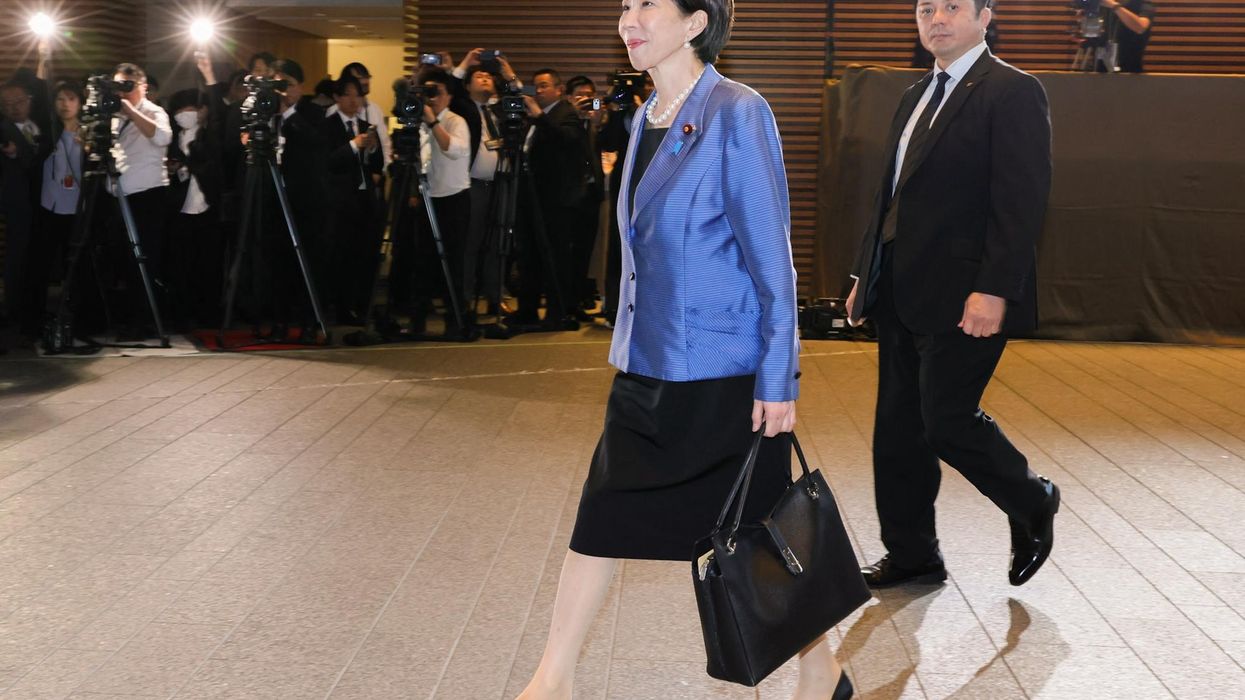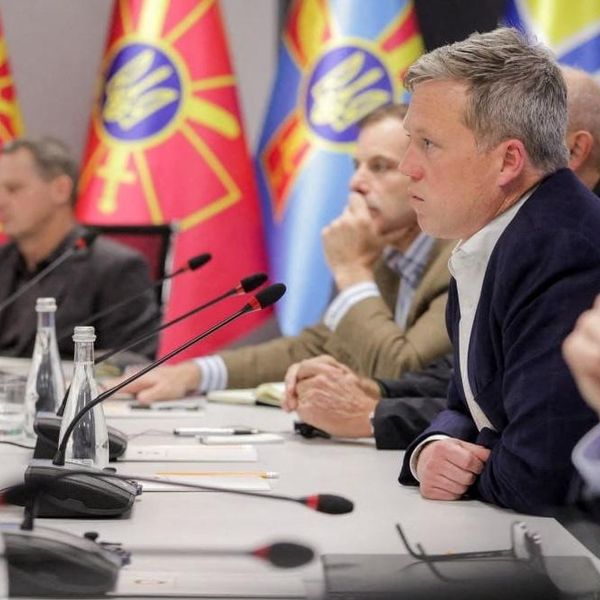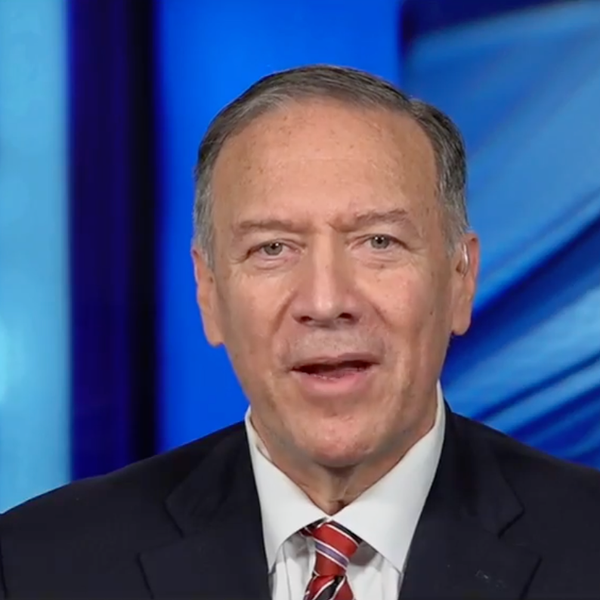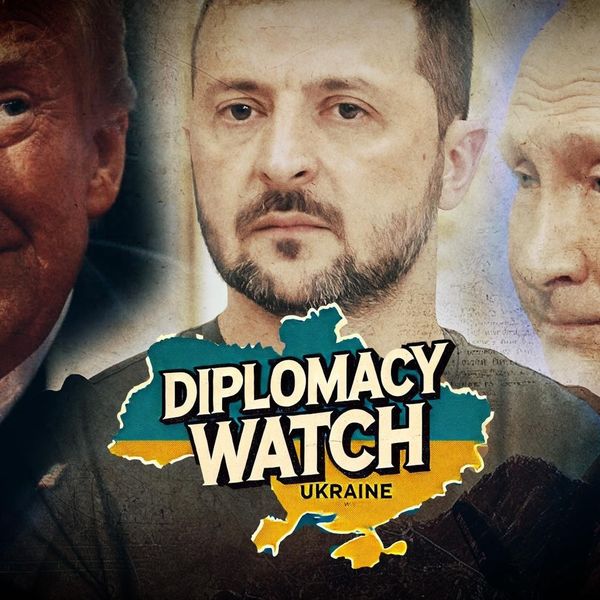For the first time since the 1980s, U.S. warships entered the Barents Sea just off Russia’s Arctic coast on May 4, 2020. Three destroyers, USS Donald Cook, USS Porter, and USS Roosevelt, one support ship, USNS Supply, and one British Royal Navy warship, the HMS Kent, sailed into the Barents Sea to conduct “training and operations in the challenging conditions of the Arctic region.”
The Barents Sea is located in the European Arctic and divided between Russian and Norwegian territorial waters. The Arctic is no stranger to NATO military maneuvers, but the presence of U.S. warships in Russia’s backyard is unprecedented since the end of the Cold War.
In the twentieth century, the Barents region was the setting for two invasions of Russia by Western troops. British, American, and French troops intervened in the Russian Civil War by occupying Murmansk and Arkhangelsk, and Nazi Germany invaded the Soviet Arctic as part of Operation Silver Fox.
The May 2020 military exercise may be considered a case of what Michael T. Klare calls the Pompeo Doctrine. Named after Secretary of State Mike Pompeo, it is a foreign policy concept centered on deterring Russia and China in the Arctic, while exploiting the region’s resources. Scholars and journalists have for a while predicted the emergence of a “new great game” and a contest for Arctic resources, but in reality, the Arctic stands as an exemplar of post-Cold War security and cooperation.
Perhaps the greatest example of this is the Arctic Council, an intergovernmental forum that acts by consensus between the eight Arctic states – the US, Russia, Canada, Sweden, Norway, Finland, Denmark, and Iceland. The Council has been the venue for agreements on oil spill response coordination, fisheries management, joint research, and search and rescue operations. The Pompeo Doctrine, driven by great power competition and blind to the climate crisis that disproportionally threatens the Arctic, threatens this peace.
Deterring Russia and China
The joint exercise consisted of around 1,200 sailors from the U.S. and U.K. They practiced “combined and divisional surface warfare tactics, and refined coordinated operations with US Air Forces Europe, and reinforced Arctic communications capabilities.” Russia treats the Barents Sea “a little like we treat the Virginia Capes Operating Area (VACAPES) off the Virginia and North Carolina coasts,” said Bryan Clark, a former U.S. submarine officer and senior fellow at The Hudson Institute.
The Far North has in recent years sharply risen on the U.S. security agenda principally because we are noticing the accelerating strategic interest of Russia and China in the region. Russia has long been an Arctic hegemon; northern resource extractions account for around 10 percent of Russian GDP and 20 percent of exports. The Russian military is expectedly committed to maintaining a comprehensive sea, air, and land presence as Russia’s northern border makes up more than half of the Arctic Ocean coastline.
On the other hand, China’s Arctic interest is not so straightforward. In January 2018, China declared itself a “near-Arctic state” with important interests in Arctic affairs even though China’s northern-most territory is 900 miles from the Arctic Circle. Beijing’s Far North activities began with scientific research and have expanded into heavy bilateral investment in nearly every Arctic nation. In China’s 2018 Arctic Policy, the Polar Silk Road was highlighted as one of the main maritime shipping passages of the Belt and Road Initiative.
Prolonging Arctic cooperation
The Russian military concentrates a significant part of its nuclear deterrent ability on the Kola Peninsula, adjacent to northern Norway. Northern Russia, particularly the Barents Sea, has one of the largest concentrations of military and civilian nuclear installations in the world. Most of Russia’s submarine-launched ballistic missiles are maintained in the Murmansk area, making the region fundamental for Russian national security.
The U.S.-U.K. naval exercise, in an area that includes part of Russia’s exclusive economic zone, represents a new pointed phase in Arctic security. The event may lead to an increase in tensions in the European Arctic. Norway did not take part in the recent exercises. Oslo abstained from joining the NATO-led Aegis Ballistic Missile Defense System in October 2019 to avoid antagonizing Russia. Once again, Norway is wise to avoid potentially destabilizing its relations with Russia.
Norway and Russia agreed to divide the Barents Sea in half in 2010 after decades of arguments and negotiations. The Russian-Norwegian accord demonstrated that both nations are committed to resolving border disputes in the North through international law, especially through the principles of the United Nations Convention on the Law of the Sea (UNCLOS) and the 2008 Ilulissat Declaration.
At the Arctic Council Ministerial Meeting in May 2019, the U.S. stood alone as Pompeo refused to sign a joint declaration protecting the rapidly melting Arctic because he took issue with wording that declared climate change as a serious threat. The diminishing sea ice and thawing permafrost in the North have for a long time demanded attention from U.S. policymakers.
One of the last policy decisions of the Obama administration was to ban new oil and gas drilling in most of the U.S. Arctic and Atlantic oceans. Washington has since repealed numerous environmental regulations and pulled out of the Paris climate accord. Pompeo criticized Russia’s “aggressive behavior” and “illegal demands” that other nations request permission to use the Northern Sea Route. Pompeo rejected China’s near-Arctic status claim and warned that Chinese activities would lead to the emergence of a “new South China Sea.”
Whither Arctic peace in 2020?
Considering the enduring cooperative mechanisms in the region, it is in the interest of U.S. national security that the U.S. upholds the Arctic peace. Nonetheless, it is hard to imagine the Trump administration shifting its focus to fighting the climate crisis. The Trump administration eliminated the special representative positions at State Department for the Arctic and climate change.
This strengthening of military force “in response to Russia’s destabilizing activities” risks the emergence of a security dilemma — a treacherous situation where states embark on the relentless mission of trying to achieve a monopoly of violence in the region. If the U.S. joined all seven other Arctic nations, and China, in ratifying the UNCLOS, it would be in a better position to legally respond to other states’ activities in the Arctic.
The circumpolar peace and stability of the Arctic can still live on with comprehensive cooperation, as promoted by the Arctic Council, but it requires a transformation in U.S. foreign and defense policy regarding Arctic affairs. Addressing the climate crisis is still regarded as our most pressing national security issue, but will perhaps continue to be overlooked by this administration.

